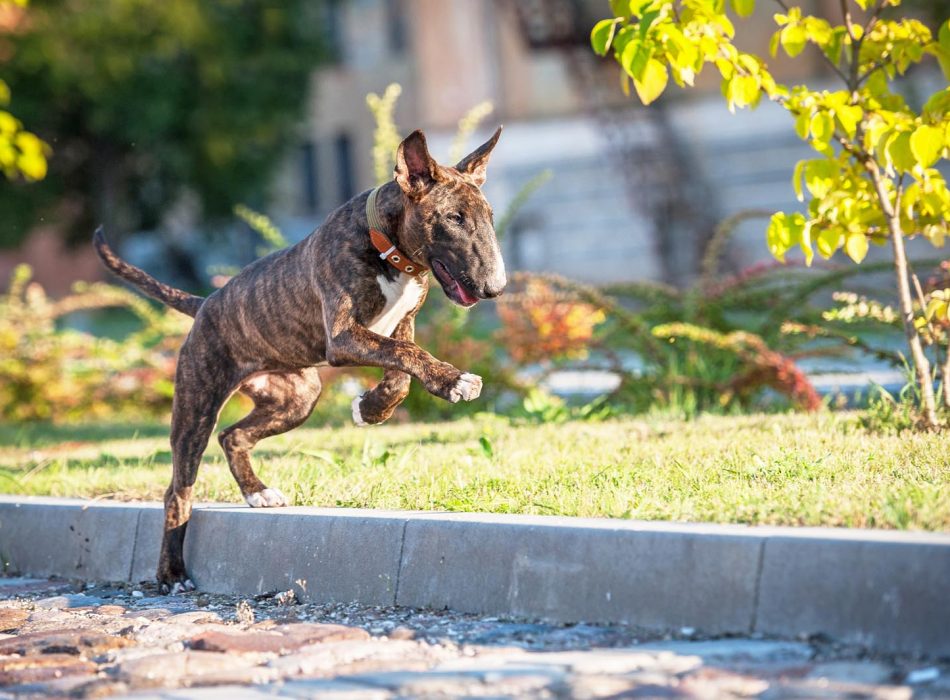Moving your dog into the city can be difficult, but planning and preparation can make everything easier.
hile moving a cat to a city involves trying to make allowances for their independent nature, moving a dog can often be about getting them used to life around the requirements of your routine. A dog's behaviour and training are far more dependent on their owners than cats, and the sights, sounds and smells of the city can overwhelm them. Being left to themselves without easy access to the great outdoors can leave them bored and lonely, and a bored dog is a dog which will quickly get curious about what’s inside your pillows. Here are some tips to help your dog get used to life in the city.

"Did I leave the gas on..?"
Regular walking
Many countryside dogs are used to an open-door policy at home, and wander in and out of the house as their mood (and bladder) dictates. The transition to more regulated exploration is better started before the move, which will help with housebreaking and develop their understanding of a more routine-led life.
Getting used to being alone
One of the hardest things for many dogs that are new to the urban environment is the amount of time they’ll spend home alone. Many dogs, particularly the more intelligent breeds, don’t respond well to being away from their owner, and can develop habits such as destructive behaviour or incessant barking. It is best to train them to spend time by themselves, for example by giving them their favourite treat before leaving them to themselves for increasing periods of time.

"Lampost! Chaaaarge!"
Boredom
Bored dogs are destructive dogs, and there are two main ways to help your dog have a happy, active mental workout every day. Firstly, regular games – such as hiding their favourite treats in different locations around the house – can help keep them stay active and inquisitive in ways you can easily control. Secondly, puzzle toys can go some way to alleviating their boredom while you’re out. Either way, it’s important to find ways to keep them stimulated as often as possible.
Get them used to being up close and personal with other dogs.
City dogs learn from an early age that they’ll spend some time standing side-by-side with other mutts when waiting at crossings, walking down the street, or in the park. For country dogs, such meetings are a lot more rare, and usually the cue for frenzied smelling and examination of their new frienemy. Trips to busier places with your dog on a leash can get them used to being around other dogs, and as ever, good behaviour should always be rewarded.

"I'm sure I parked it somewhere around here"
Fear of the world
The world of humans can be a vast and scary place if you’re not used to it. Every passing car, wailing siren, neighbour shouting or noisy roadworks can cause alarm, and plunging a dog into a city environment can cause them anxiety and stress. It’s better to gradually introduce them to these stimuli, letting them know that there’s no reason to be worried over the myriad sounds that confront them, and easing them into a calm acceptance.
Environmental dangers
Country dogs spend a great deal of their time running on earth and grass. For dogs new to the city, walking on pavement and concrete can cause all sorts of problems, from a certain shyness when it comes to relieving themselves on unfamiliar surfaces, to cracks on the pads of their feet. They may be unfamiliar with hazards such as broken glass and hot tarmac. It’s important to keep them on a short leash until you’re sure they’re getting familiar with the unexpected dangers of city life.









